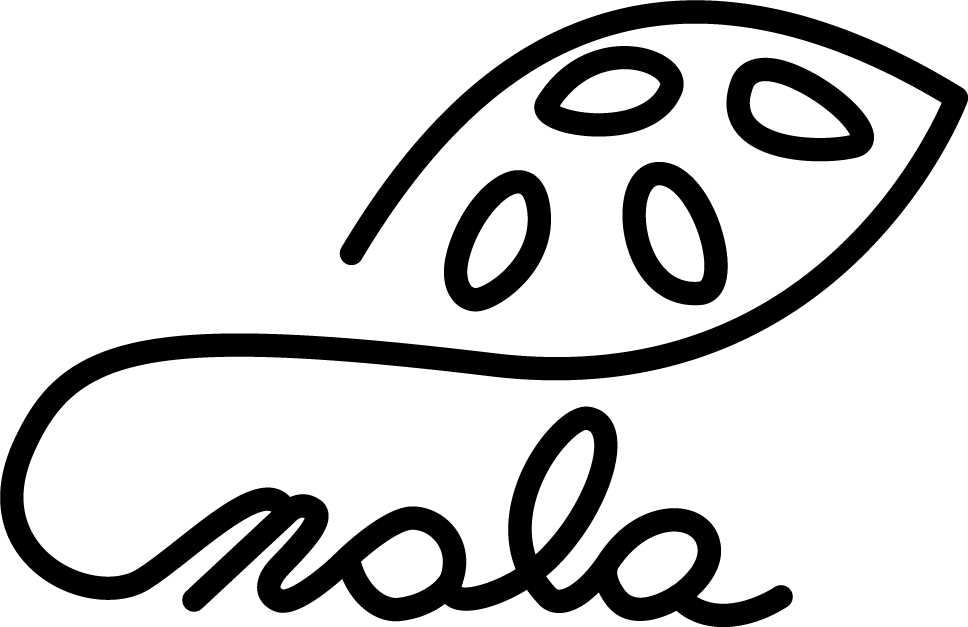How do you choose your first Handpan?
- Nala Pantam
- Apr 14
- 4 min read
Updated: May 6

Choosing your first handpan can seem intimidating — especially when you discover how many scales, notes, and options there are. But the truth is, you don't need any musical theory or experience to get started. The handpan is an intuitive instrument , and all you need to do is follow your heart.
The first time I learned about the handpan I was in a period when it seemed untouchable.
I found all sorts of obscure makers from Spain and France who didn't respond to emails, and the few who did would ask me questions like: "Why do you want a handpan?" or "Why should we make you an instrument?" (I'm paraphrasing, I don't remember the exact questions). The truth is that they wanted to know if you were "special" enough to deserve to be made a handpan.
I was a little scared. It seemed like an artifact that only the chosen few could have. How could I—a guy with nothing special—have my own handpan?
So I got a little deflated. I was starting to lose hope. The waiting lists were 1-2 years long and no one was answering my emails anyway (proof that I wasn't special enough).
But the burning desire remained in me. I really wanted to have this magical object. I wanted to be among the chosen ones...
My first handpan
One day, on Facebook, I came across a maker page from Italy who was posting tools. I wrote to him:
— Hi there, do you make handkerchiefs?
— Yes, I do!
— Can I have one?
— What scale do you want?
Well… what range did I want?! I didn't know there were more ranges. I chose one of the three ranges he had already made. My first range was a G3 Pygmy . It sounded horrible, but I was fascinated and fell in love irremediably.
That's when I first learned that there are musical scales for handpans , and that not all instruments are the same. You had variations in sound, and the choice of scale completely influenced the way you felt about the instrument.
How do you choose your first Handpan or first scale?
Over time, I've come to make my own instruments and know most of the handpan scales. I often support new people who are just discovering the world of handpans — and therefore scales.
If you're just starting out, it's good to know that two ranges have proven to be suitable for beginners: D Kurd and D Amara .
Now, the truth is that there is no “beginner’s scale” and “advanced scale.” The handpan is, by its very nature, an intuitive instrument , and 90% of them are built so that the notes flow naturally one after the other, left to right.
Rare are instruments built to order, with notes placed in special positions, chosen by the person who orders them — in that case we are already talking about complex instruments, which require a period of adaptation and learning.
So, if you understand that there is no "right" or "wrong" range , things actually get simpler. Because the choice is made with the heart.
🔥 What scale appeals to you? What sound makes you want to play?
Luckily, now you have all the scales on YouTube and you can listen to them all: from a 9-note D Amara to a 24-note E Amara . Everything is there, nothing is a secret anymore.
Ok… and how do I choose my first handpan?
There is no set recipe. But I can guide you with a simple method:
🎧 Listen to how a handpan that starts in the 3rd octave sounds (ex: D3 Amara) and compare it to one that starts in the 2nd octave (ex: B2 Amara).
You'll notice that the first one is more "high" — it has a clearer, brighter sound. The other one is more "low" — with a deeper bass.
Once you start to recognize these differences, you start to ask yourself:
What do I feel stronger in my stomach? The deep sound or the high sound?
A little exercise
Choose 3 handpan videos that you really like.
Of the 3, keep 2.
Of the 2, keep 1.
🎯 That's it. You've just discovered which handpan range appeals to you the most (at least for now).
This is how we advise our clients to choose the range. But again — it's just one way.
Sometimes, if you're lucky, the handpan chooses you . You happen to play an instrument and you're fascinated by it. You automatically know that 's it .
A little secret from an old maker
I learned to tune from a well-known handpan maker. He had a room where customers tested the instruments, and one day he gave me a tip:
If an instrument has been sitting on the shelf for a long time and someone comes in who knows nothing about scales, I give that one away first — because most of the time we fall in love with the first handpan we touch.
And rightly so. Over time, we develop our hearing and our taste. But the first contact is about emotion, not theory.
Conclusion: you can't go wrong
Don't stress too much about your first handpan. It's your first.
You will learn what you like after a few months of singing .
Either way, you can't go wrong. That's the beauty of this instrument — there's no wrong way to play it , there's no wrong choice .
🧭 Have the courage to choose. Trust yourself. I hope I answered your question: How do you choose your first Handpan?
And if you can't decide... it's okay: we'll make you a D Amara 😉✨
Most likely, if you get the bug, you won't be left with just one handpan.
So... Let your journey begin!




Comments